The hand, wrist, and elbow is a common site for dysfunctions. Many pain related syndromes such as tennis and golfers elbow, and other forms of tendinitis are associated with muscle imbalances throughout your arm.
If you are suffering from wrist, forearm, elbow or biceps pain choosing the right exercises becomes important.
What is a muscle imbalance?
A muscle imbalance is when the muscles surrounding a joint have altered their optimal function. Science is still determining whether this is a neurological function, a mechanical function or both.
When a muscle imbalance occurs, we have muscles that are overdeveloped and therefore overused. Conversely, we have muscles on the opposite side that are weakened and dysfunctional. If we continue to strengthen and perform exercises for these overdeveloped muscles, the problems will continue and worsen. Constantly performing extensor dominant exercises with lateral tendinitis of the elbow will make it worse!
An easy example of a muscle imbalance is at the elbow. The biceps and triceps are the muscles surrounding the elbow. The biceps flex the elbow, the triceps extend the elbow. If we were to constantly use and train the biceps and neglect the triceps, a muscle imbalance will occur. The biceps will become overdeveloped, and the triceps will become weakened.
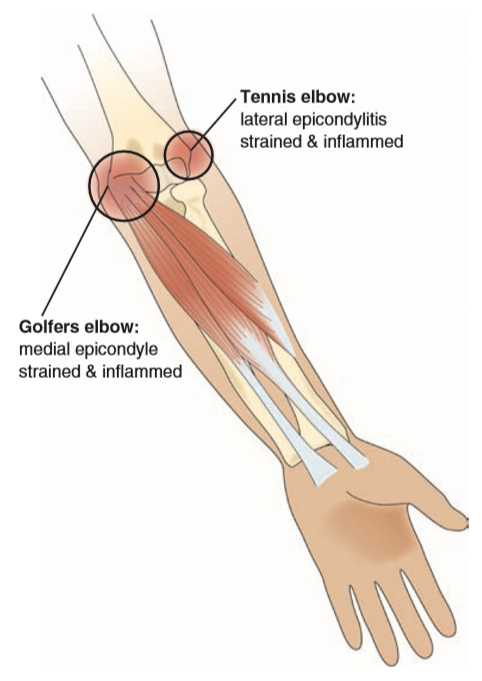
How does a muscle imbalance happen?
Often tendinitis and musculoskeletal pain are related to muscular imbalances. These imbalances result from overuse of particular muscle groups. Rock climbers, musicians, construction workers, golf and tennis players, artists, IT workers are all at risk for developing syndromes in the hand, wrist, forearm, and elbow.
Muscles surround your joint, forming something called a force couple. For optimal joint function, you want the muscles surrounding the joint to be balanced in strength so that they evenly support a movement.
In a muscle imbalance, an altered force couple relationship causes uneven joint mechanics and overtime we might begin to compensate in our movements and increase this dysfunction. Many activities will reinforce a muscle imbalance by continually overworking certain muscles and neglecting others.
What to look for:
We can consult a solutions table to get an idea of what muscles we should look at if we exhibit signs of hand, wrist, or elbow dysfunction. Performing a few simple assessments is a good place to get started.
In conjunction with other assessments, these tools can help identify weak muscles that should be strengthened and overdeveloped muscles you might want to lay off of for a while.

Brachialis limitations
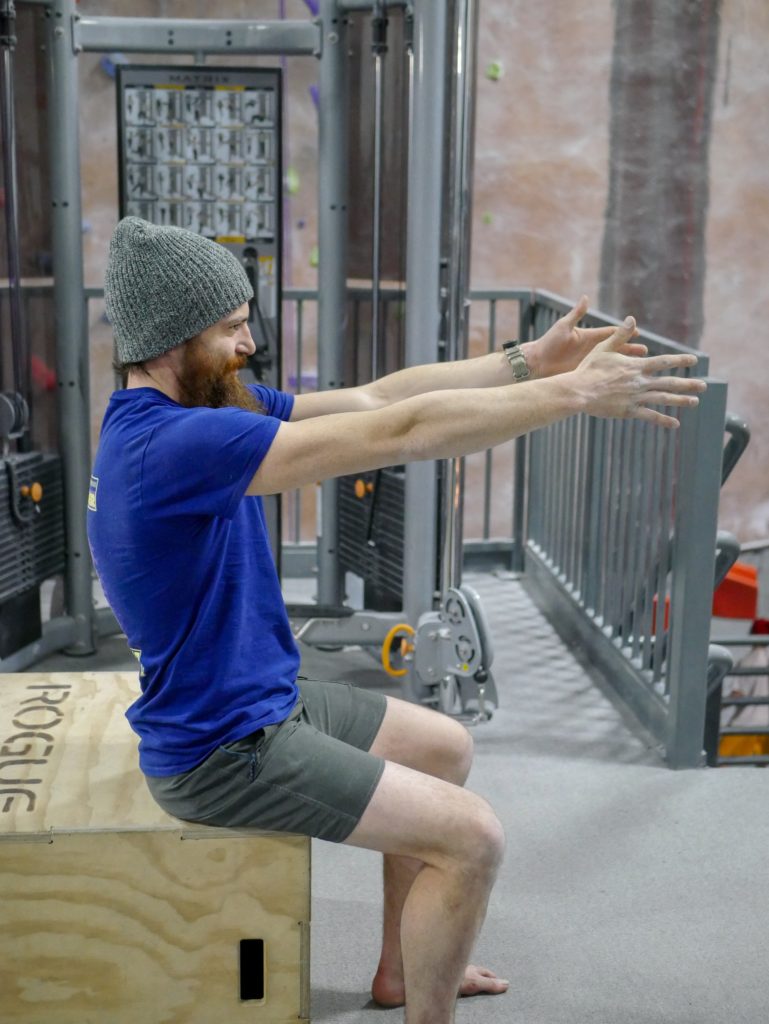
If we raise our arms in front of us and we notice our arms remain slightly bent, then the brachialis is a likely culprit for dysfunction.
Biceps limitations
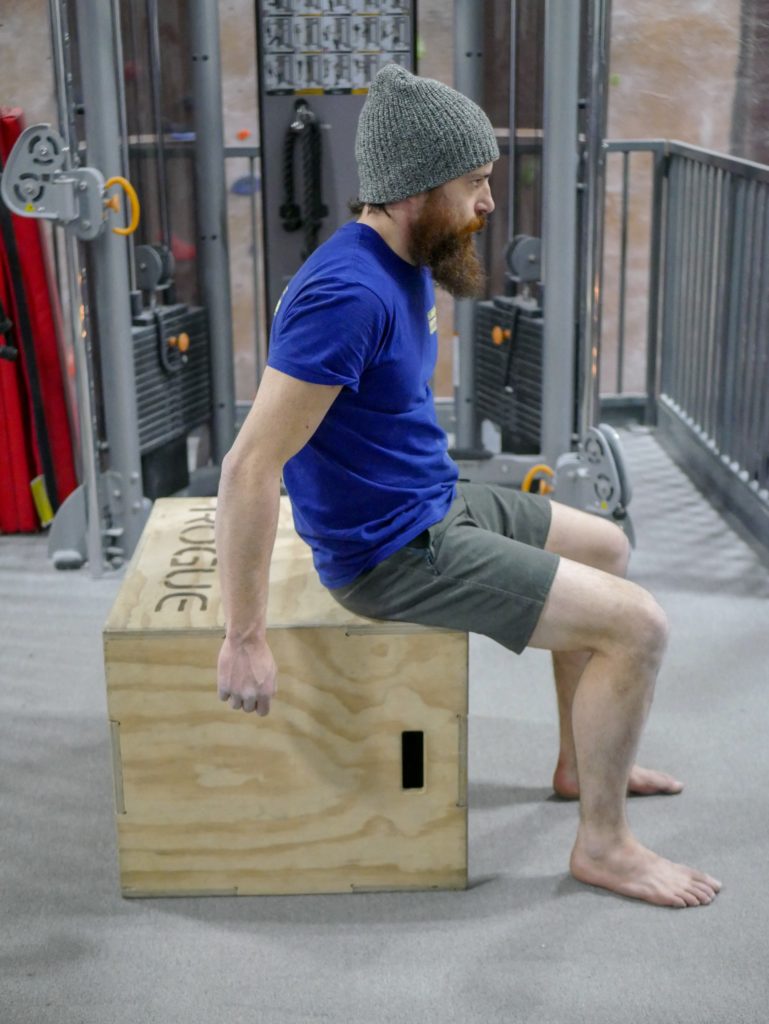
If we have problems straightening our arms only when we place them behind us, then the long head of the biceps is most likely the problem muscle.
Wrist limitations
If we drop our arms straight to our sides and notice a difficulty in wrist movement, then the muscles in the forearm are probably causing issues. If wrist movement is limited but our arms are bent, then the wrist joint itself likely has an impairment.
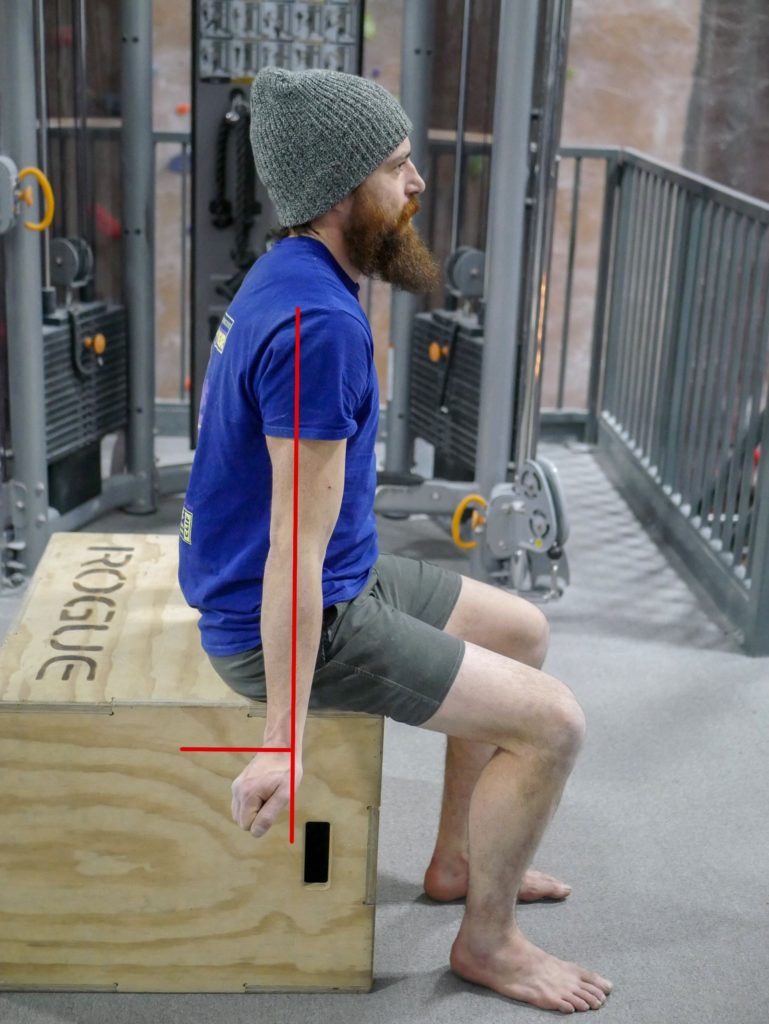
Limitation of extension at the wrist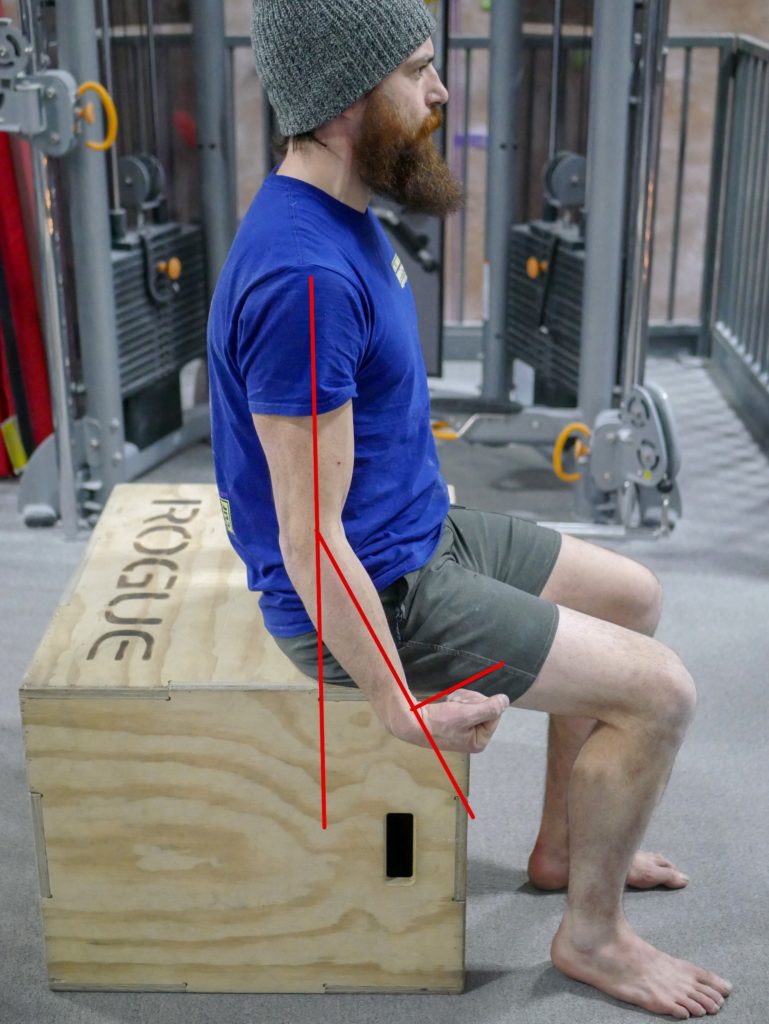
Limitation at the elbow and wrist
Now what?
Head over to Wrist and Elbow Corrective Exercises to begin learning and constructing a program for your particular dysfunctions.
